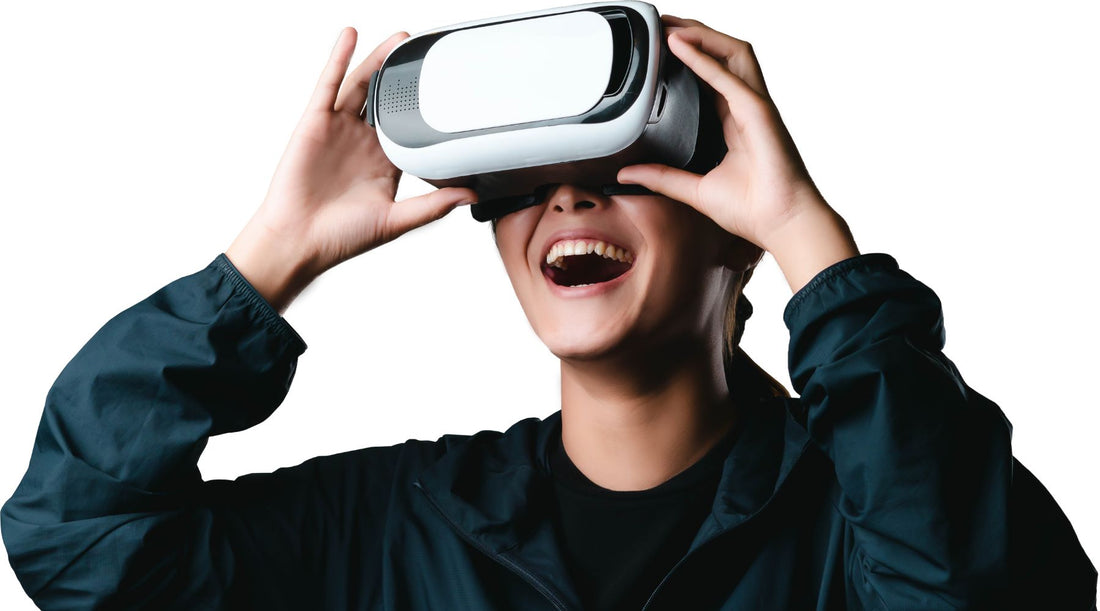
Exploring the Expansion of AR/VR in Educational Applications
Share
The world of education is experiencing a seismic shift with the advent of Augmented Reality (AR) and Virtual Reality (VR) technologies. As powerful learning facilitators, AR/VR tools are enabling immersive and innovative educational experiences. In this article, we delve into the burgeoning market for AR/VR educational devices, highlighting their transformative implications for the educational sector.
The Surging Trend of AR/VR in Educational Environments
AR and VR technologies have set the stage for a new era in immersive education. Augmented Reality enhances the real world by adding layers of digital information, while Virtual Reality builds entirely synthetic environments for learners to explore. These novel technologies have triggered a paradigm shift in education, making the learning process more interactive, stimulating, and enjoyable.
Influential Factors behind the AR/VR Education Market Growth
The escalating popularity of AR/VR in education can be ascribed to several key elements:
Enhanced Engagement: By offering compelling experiences, AR/VR technologies increase student engagement and motivation, thereby making learning more enjoyable and productive.
Interactive Learning: These tools enable active, hands-on learning experiences, which can bolster comprehension and recall.
Real-World Simulation: AR/VR can mimic real-world scenarios and settings for practical learning experiences.
Increasing Affordability: As these technologies become increasingly affordable, they're more accessible to educational institutions at all levels.
Innovative AR/VR Tools Reshaping Education
The following are some groundbreaking AR/VR tools that are redefining the education sector:
Google Expeditions: This VR tool takes students on virtual journeys, allowing them to explore historical landmarks, underwater ecosystems, and even outer space. Learn more about Google Expeditions
Microsoft HoloLens: This mixed reality device enhances lessons by superimposing digital data onto the physical world. Learn more about Microsoft HoloLens
Merge Cube: This AR tool lets students physically handle and interact with 3D objects, improving comprehension of intricate concepts. Learn more about Merge Cube
Anticipating the Future of AR/VR in Education
Here's a glimpse of what the future holds for AR/VR in education:
Widespread Adoption: As the benefits of AR/VR become more apparent, these technologies are anticipated to become staple tools in classrooms across the globe.
Integration with AI: Merging AI with AR/VR could provide tailor-made learning experiences, adjusting to each student's learning pace and style.
AR/VR in Remote Learning: These technologies have the potential to enrich remote learning experiences, making them more dynamic and engaging.
Final Thoughts
The flourishing market for AR/VR educational tools and devices emphasizes the rising demand for innovative, engaging, and efficacious learning solutions. As these technologies continue to progress and become more accessible, their transformative impact on education is set to keep accelerating. Visit arvredtech.com for more information about AR/VR technologies in education.